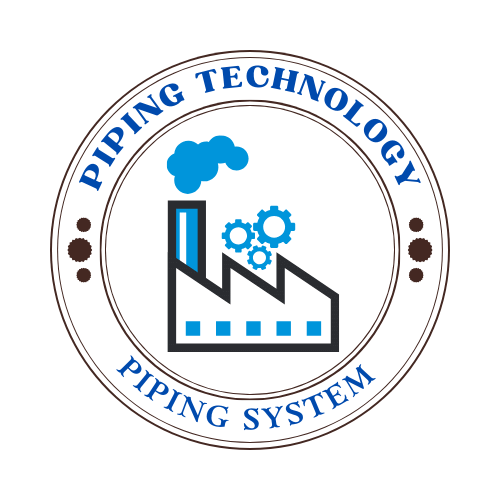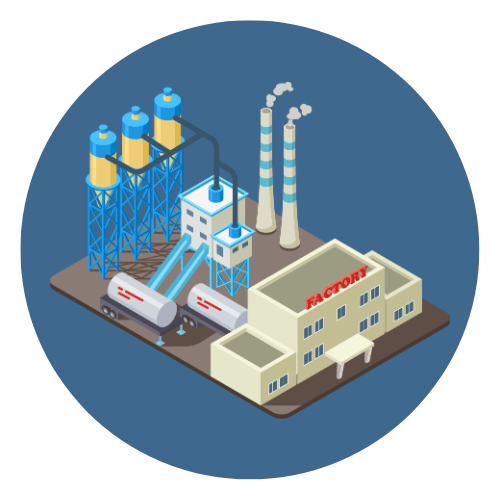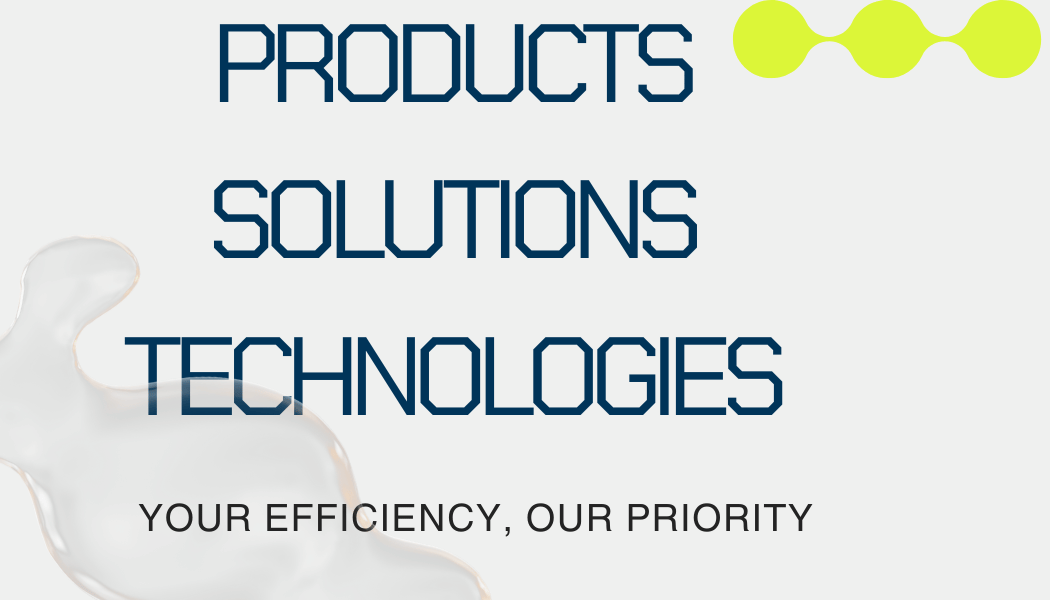VII. Advantages of 316L Stainless Steel
316L stainless steel is one of the most sought-after stainless steel alloys in both industrial and consumer markets. Its numerous advantages make it a highly reliable and versatile material for a wide variety of challenging environments. From superior corrosion resistance to long-term performance and hygienic properties, the benefits of 316L stainless steel are well-recognized across multiple industries.
1. Excellent Corrosion Resistance
The most prominent advantage of 316L stainless steel is its outstanding corrosion resistance, especially in:
-
Chloride-rich environments (e.g., marine applications, swimming pools)
-
Acidic chemical conditions (e.g., sulfuric, acetic, and phosphoric acids)
-
Urban and industrial pollution-prone areas
Thanks to its molybdenum content and low carbon level, 316L stainless steel resists pitting, crevice corrosion, and intergranular attack even after welding.
2. Superior Weldability
Unlike standard 316 stainless steel, 316L stainless steel is optimized for welding. Its low carbon content prevents carbide precipitation during welding, which would otherwise weaken the welded joints and lead to localized corrosion. This makes it ideal for:
3. High Strength and Toughness
Despite being corrosion-resistant, 316L stainless steel also delivers mechanical durability. It maintains:
-
High tensile and yield strength
-
Excellent elongation and ductility
-
Reliable impact resistance, even at cryogenic temperatures
This combination of strength and flexibility makes it suitable for both structural and pressure-bearing applications.
4. Biocompatibility
316L stainless steel is safe for biomedical and food-grade use. It is:
-
Non-reactive with body tissues and fluids
-
Commonly used in surgical implants and instruments
-
Easily cleaned and sterilized
Its non-toxic and non-allergenic nature also supports its use in pharmaceutical processing and cleanroom environments.
5. Easy Maintenance and Cleanability
The smooth surface of 316L stainless steel allows for easy cleaning and disinfecting, which is vital in:
-
Food and beverage production
-
Medical and pharmaceutical equipment
-
Sanitary processing lines
It also resists staining and does not harbor bacteria, supporting strict hygiene requirements.
6. Longevity and Cost-Effectiveness Over Time
Although 316L stainless steel may have a higher initial cost than other grades, its:
-
Low maintenance
-
Reduced failure rates
-
Extended service life
…mean that it provides excellent long-term value and reduced lifecycle costs.
7. Aesthetic Appeal
In architectural and decorative uses, 316L stainless steel offers a sleek, modern look that:
-
Does not tarnish or rust easily
-
Maintains its finish in harsh outdoor environments
-
Can be brushed, polished, or mirror-finished depending on design needs
8. Availability in Multiple Forms
316L stainless steel is available in a wide variety of product forms, including:
-
Sheets and plates
-
Tubes and pipes
-
Rods, bars, and wire
-
Forgings and castings
This makes it easy to source and integrate into virtually any project.



 Automation System
Automation System  Energy Engineeing
Energy Engineeing  Instrumentation System
Instrumentation System  Mechanical Engineeing
Mechanical Engineeing  Piping Technologies
Piping Technologies  Transportations
Transportations  Manufacturing
Manufacturing  Training Material
Training Material 











